2025 Year-End Tax Planning: Individual Tax Considerations
October 28, 2025
INDIVIDUAL TAX PLANNING
The end of the year is often an optimal time for tax planning for both individuals and small business owners. Traditionally, the conventional tax wisdom is to accelerate tax deductions into the current year and defer taxable income until the next year. However, new tax legislation enacted in 2025 significantly complicates matters.
The One Big Beautiful Bill Act (OBBBA)—signed on the Fourth of July—is a follow-up to the Tax Cuts and Jobs Act (TCJA) enacted during President Trump’s first term. Many of the provisions included in the TCJA, particularly those affecting individuals and families, went into effect in 2018 and were scheduled to expire after 2025. The OBBBA extends most of those tax provisions, with certain modifications, and often makes them a permanent part of the tax code.
In addition, the new law creates brand-new tax-saving opportunities, while also posing potential tax pitfalls for the unwary. In some cases, the OBBBA provisions are effective in 2025, but others do not kick in until 2026 or a later date.
Finally, year-end tax planning should take into account other recent legislation—including the law commonly known as “SECURE 2.0”—as well as key rulings and regulations issued by the IRS. It is difficult to navigate through this maze of complex rules without expert guidance.
Itemized Deductions
The TCJA suspended several itemized deductions for 2018 through 2025 while boosting the standard deduction. The OBBBA generally extends these rules with some modifications.
YEAR-END MOVE: If you expect to itemize deductions on your 2025 tax return, take advantage of several key deductions that can lower your tax bill. Consider the following:
*Donate cash or property to a qualified charitable organization (see more below).
*Pay deductible mortgage interest if it makes sense for your situation. This includes interest on acquisition debt up to $750,000 for your principal residence and one other home.
*Make state and local tax (SALT) payments up to the annual deduction limit. Under the OBBBA, the SALT cap is quadrupled from $10,000 to $40,000 for 2025, subject to a phase-out for high-income taxpayers. The cap increases by 1% annually through 2029 before expiring.
*Do home improvements that qualify for mortgage interest deductions as acquisition debt. This includes loans made to substantially improve a qualified residence.
*Schedule non-emergency physician or dentist visits like exams or cleanings in 2025 if you expect to qualify for a medical deduction this year. Only unreimbursed expenses above 7.5% of your adjusted gross income (AGI) are deductible.
Tip: Conversely, if you do not expect to qualify for a medical deduction in 2025, absent other circumstances you might as well delay non-emergency expenses to 2026 when they might do you some tax good.
Charitable Donations
The tax law allows you to deduct charitable donations within generous limits if you meet certain recordkeeping requirements. But the OBBBA adds several tax complications.
YEAR-END MOVE: Bunch charitable donations in a year in which you expect to itemize. For instance, if you are itemizing in 2025, you may step up charitable gift-giving before January 1. As long as you make a donation this year, it is deductible in 2025—even if you charge it in December 2025 and pay it in 2026.
For the first time ever, the OBBBA imposes a floor of 0.5% of AGI before you can claim any charitable deduction, effective in 2026. This new rule may be especially important if you are planning to donate appreciated long-term gain property that would qualify for a deduction equal to the property’s fair market value (FMV). The deduction for property is limited to 30% of AGI, but any excess may be carried over for up to five years.
Tip: The OBBBA also allows a deduction of up to $1,000 for non-itemizers, beginning in 2026. The maximum deduction is doubled to $2,000 on a joint return.
Home Energy Credits
If you own your principal residence, you may benefit from two types of “home energy” tax credits on your 2025 return.
YEAR-END MOVE: Make energy-saving installations before the end of the year to secure credits for qualified improvements. Under the OBBBA, both credits will expire after 2025 and are not expected to be renewed. So, it is now or never!
The two credits still available before 2026 are as follows:
*Energy Efficient Home Improvement Credit: This is a 30% credit for qualified expenses like insulation, central air conditioners, water heaters, furnaces, heat pumps, biomass stoves and boilers and home energy audits, up to a maximum of $3,200.
*Residential Clean Energy Credit: This is a 30% credit for the cost of new qualified clean energy property like solar electric panels, solar water heaters, wind turbines, geothermal heat pumps, fuel cells and battery storage technology.
Tip: Other special rules and limits may apply to certain qualified expenses. Obtain confirmation of tax breaks before making any commitments.
Alternative Minimum Tax
The alternative minimum tax (AMT) calculation features technical adjustments, inclusion of “tax preference items” and subtraction of an exemption amount, subject to a phase-out. After comparing AMT liability to regular tax liability, you effectively pay the higher of the two.
YEAR-END MOVE: Have your tax professional assess your AMT status. When it makes sense, you may shift certain income items to 2026 to reduce AMT liability for 2025. For instance, you might postpone the exercise of incentive stock options (ISOs) that count as tax preference items.
Due to changes in the TCJA and other legislative modifications, the exemption amounts for the AMT have increased steadily in recent years, as shown below.
|
Filing status |
2020 |
2021 |
2022 |
2023 |
2024 |
2025 |
|
Single filers |
$72,900 |
$73,600 |
$75,900 |
$81,300 |
$85,700 |
$88,100 |
|
Joint filers |
$113,400 |
$114,600 |
$118,100 |
$126,500 |
$133,300 |
$137,000 |
The OBBBA permanently establishes a favorable exemption phase-out threshold of $500,000 for single filers and $1 million for joint filers, with inflation indexing, beginning in 2026. However, the new law also doubles the rate for phasing out exemptions.
Tip: The AMT has only two tax rates: 26% and 28%. If you are sure that you will have to pay the AMT in 2025 and your top AMT rate is lower than your top regular rate—for example, the highest rate of 37%—-you might accelerate income into 2025.
Family Tax Breaks
If you are a parent with young children, you may be entitled to several tax breaks designed to reduce your family’s tax burden.
YEAR-END MOVE: Maximize the tax benefits for your situation This may comprise one or more of the following tax provisions generally enhanced by the OBBBA.
*For 2025, parents may claim a Child Tax Credit (CTC) of $2,200 for each qualifying child, subject to a phase-out beginning at $200,000 for single filers and $400,000 for joint filers.
*The dependent care credit is enhanced for certain taxpayers with a modified adjusted gross income (MAGI) below specified levels. For high-income taxpayers, the maximum credit remains $600 for one child and $1,200 for two or more children.
*Previously, the adoption credit was 100% nonrefundable. Beginning in 2025, the new law provides that up to $5,000 of the credit is refundable, indexed for inflation in the future.
*Under the TCJA, parents could withdraw up to $10,000 tax-free from a Section 529 plan for higher education to pay a child’s tuition at a qualified elementary or secondary school. The OBBBA doubles the cap to $20,000, beginning in 2026.
Tip: The maximum annual amount that can be contributed to a flexible spending account (FSA) for dependent care expenses increases from $5,000 to $7,500, beginning in 2026.
Miscellaneous
*Take out a car loan. The OBBBA allows annual deductions of up to $10,000 of interest on loans for qualified vehicles for 2025 through 2028, subject to a phase-out beginning at $100,000 of MAGI for single filers and $200,000 for joint filers.
*Pay tuition in 2025 for a child’s semester beginning in early 2026 if you can claim one of two higher education credits. However, both credits are subject to phase-outs based on MAGI.
*Avoid an estimated tax penalty with a safe-harbor exception. Generally, a penalty will not be imposed if you pay 90% of your current year’s tax liability or 100% of your prior year’s tax liability (110% if your AGI exceeded $150,000).
*Empty out FSAs for health care or dependent care expenses if you will forfeit unused funds under the “use-it-or-lose it” rule. However, your employer’s plan may provide a carryover to 2026 of up to $660 of unused funds or a 2½-month grace period.
*If you own property damaged in a federal disaster area in 2025, you may elect to obtain fast tax relief by filing an amended 2024 return. The TCJA suspended the deduction for casualty losses for 2018 through 2025 but retained a current deduction for federal disaster-area losses. The OBBBA extends this tax break and allows deductions for losses in state-declared disaster areas, beginning in 2026.
CONCLUSION
This year-end tax-planning letter is based on the prevailing federal tax laws, rules and regulations. Of course, it is subject to change, especially if additional tax legislation is enacted by Congress before the end of the year.
Finally, remember that this letter is intended to serve only as a general guideline. Your personal circumstances will likely require careful examination. Please call Larson & Company today at 801-313-1900 to schedule a meeting for assistance with all your tax-planning needs. Larson and Company has developed a suite of services specifically to serve the needs of individuals and companies in a wide range of industries.
For more insights, visit our page for practical guidance on the One Big Beautiful Bill Act (OBBBA), including summaries of the key tax provisions most relevant to you and your business.
Source: Elite Editorial Services, 2025 Year-End Tax Planning Letter, 10/23/2025
This year-end tax-planning letter is published for our clients, friends and professional associates. It is designed to provide accurate and authoritative information with respect to the subject matter covered. The information contained in this letter is not intended or written to be used for the purpose of avoiding any penalties that may be imposed under federal tax law and cannot be used by you or any other taxpayer for the purpose of avoiding such penalties. Before any action is taken based on this information, it is essential that competent, individual, professional advice be obtained.


.png)



